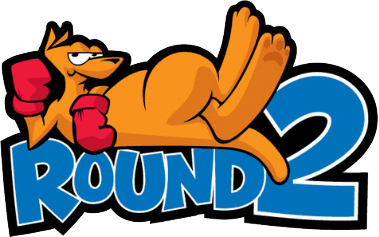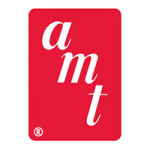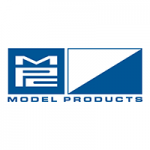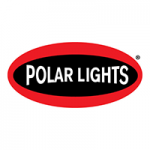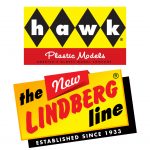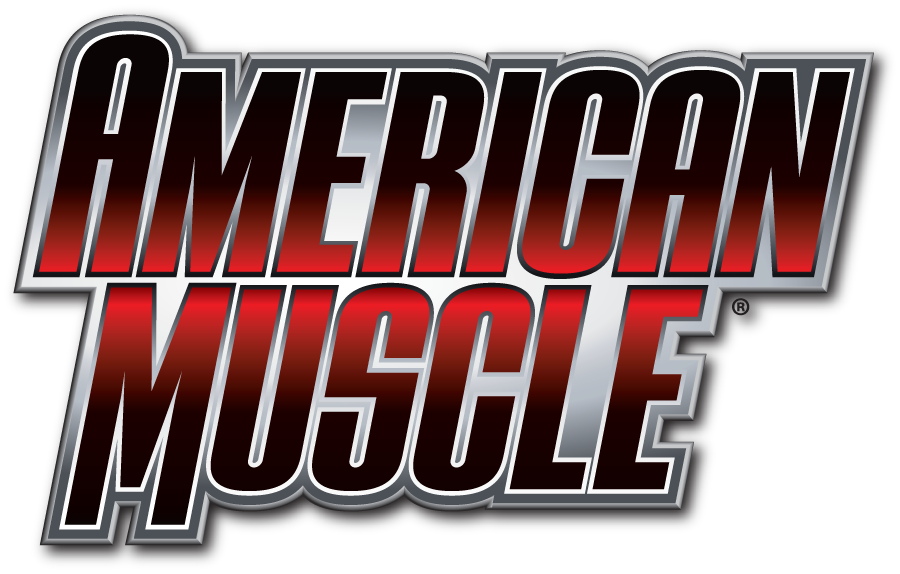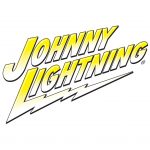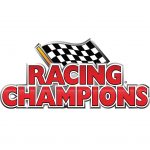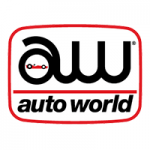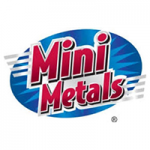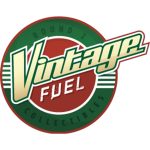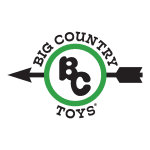

1933:
Paul W. Lindberg begins creating plans for flying “stick and tissue” aircraft models, which appear in POPULAR AVIATION magazine. Kits consisting of materials to construct flying aircraft are sold also.
Early postwar:
Lindberg joins forces with a company called Olsen; their first molded plastic airplane kits are branded “O-Lin”. The first such kit is a P-80-B Shooting Star, which endures in the Lindberg lineup as the F-80-C. A competitor, Varney, sells its aircraft kit tooling to O-Lin, Varney abandoning aircraft in favor of trains. O’Lin’s versions of the ex-Varney items replace wooden parts with molded and vacuum-formed plastic.
1950’s:
Olsen out of the picture, the Lindberg name replaces O-Lin. Subject matter includes planes: vintage and modern, military and passenger airliners. Battleships and aircraft carriers are also offered. The late-Fifties “Cellovision” is a short-lived packaging innovation; large cellophane windows allow customers to see the molded plastic parts inside kit packages. Some flying aircraft models remain well into the Fifties, the last of these constructed of vacuum-formed styrene.
1960’s:
1/24 scale automotive kits are offered, including many hot rods in the current style. Most of these include electric motors, but the motor is often unassembled which proves to be difficult for novice builders. 1/32 scale hot rods are offered also. A 1/8 scale Ford roadster hot rod and dragster also appear; the Ford is issued in many versions in the ensuing years. Other automotive subject matter includes a Bugatti Royale and Mercedes SSK; these are quite well done for their time. A short-lived foray into slot racing brings Lindberg results no better than that achieved by any of their competitors, the result is a quick exit. The late-Sixties “Mini-Lindy” line includes unassembled plastic cars and trucks in 1/64 scale.
1970’s:
Lindberg acquires tooling from New York company, Palmer, including their short-lived PSM (Palmer Scale Models) line which was an attempt to compete with AMT and MPC. Later in the Seventies, the massive tooling bank of another company, Pyro, is purchased. Some new Lindberg kits appear also, including 1/32 scale kits of then-current cars. The following decade would see mainly reissues of existing items, including those produced previously by Pyro and Palmer.
1990’s:
George Toteff, ex-AMT, MPC, and Lionel, assumes leadership. The first new kits include current cars and pickup trucks in a 1/20 scale. 1996 brings a 1964 Dodge in 1/25 scale, the first of several all-new, full-detail car kits that are as good as anything offered by the competition. The first version of the Dodge is “Color Me Gone”. The 1964 version of the 1:1 drag racer was owned by the late Dick Branstner, Toteff’s long-time friend and occasional business partner. Automotive subject matter consists of the fifties and Sixties cars, and a current Ford Crown Victoria police car while reissues of older items continue. The ex-AMT 1934 Ford pickup kit surfaces as a Lindberg item, its tooling acquired from the tool shop that did some work on it after Ertl declined to have it repaired. Other tooling acquired includes the remains of IMC (Industro-Motive Corporation), which had been owned by Testors previously.
2000’s:
New 1/24 scale current Dodge Charger kit, first offered by Testors in their packaging but later offered in several police versions by Lindberg. Other new tooling includes a series of mid-Thirties Ford-based designs; again, first produced for Testors then offered under the Lindberg name. The brand was obtained by J. Lloyd Intl. Inc. who introduced a large-scale IJN Submarine and announced other large-format kits such as the 1/200 German Graf Zeppelin Aircraft carrier and 1/32 scale F-35 Lightning Fighter along with several 1/24 scale Dodge vehicles. None of which made it into production.
2013:
After several years of reissues, Lindberg becomes part of Round 2, along with Hawk.
